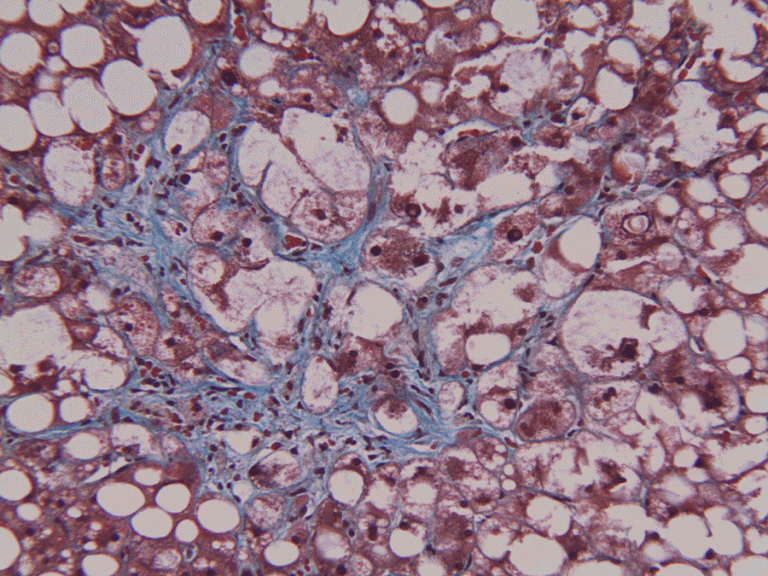
It’s been a couple of months since NASH last hit the headlines in the biotech space, and it’s come around again, this time in the form of a licensing deal. Conatus Pharmaceuticals Inc (NASDAQ:CNAT) just announced that it has inked a deal with pharma giant Novartis AG (ADR) (NYSE:NVS); a deal that will see the latter team up with the microcap on the development of a drug called Emricasan. It’s a NASH target, and it’s currently in mid stage development as a treatment for NASH cirrhosis and NASH fibrosis as a stand-alone treatment or as part of a combo therapy.
Let’s dig into the deal, and try and see what it means for the two companies.
First, a look at the terms. It’s a pretty simple arrangement. Novartis is paying Conatus $50 million upfront, and an extra $7 million if it exercises a license option on Emricasan once it matures through the development pathway. Conatus has the option to borrow $15 million in convertible promissory notes from Novartis (if it chooses to) and will pick up further payments as and when milestones are hit. Novartis will pay for phase III development, and itch in 50% for phase IIb development, and when the drug hits markets (assuming it does), Conatus will pick up royalties on sales.
For Conatus, this is a game changer. It secures funding for the company through 2019, which at this end of the space is hugely important, and sets it up as one to watch going forward.
So what’s the drug?
It’s part of a family of drugs called caspase inhibitors. The mechanism of action (MOA) of this family is pretty complicated, but we can have a go at summarizing it. Caspases are a set of enzymes that play a role in a process called apoptosis. Apoptosis is the process through which our body clears out unnecessary and aged cells. Basically, the cells explode and get cleared up by white blood cells. Caspases mediate the explosion element of the process. In patients with NASH, caspases are overactive, and this leads to an over-occurrence of apoptosis – especially in the liver.
Emricasan is designed to stop the caspases playing their requisite role in apoptosis, and in doing so, should theoretically be able to mediate NASH associated cell degradation and – by proxy cirrhosis.
Conatus and Novartis will be working to see if it’s effective on its own, as a combination with a Novartis class of assets called FXR (Farnesoid X receptor) agonists, or both. Of course, the companies will be hoping both the mono and the combination prove effective, but from Conatus’ perspective, it’s the mono that’s the more important of the two. The company will receive double digit royalties on a mon therapy if it reaches commercialization, whereas on the combination sales, it will receive single to double digit royalties.
So, what’s next?
Well, now it’s all about the trials. We don’t have a fixed timeline on when things are set to get moving, but Novartis isn’t going to drag its heels, and with the potential for milestone cash payments, chances are Conatus won’t want to either. There are also a number of other companies working in the NASH space, and caspase inhibitors are a hot asset class right now, so this should light the fire under the fresh partnership. As the programs roll out, plenty of catalysts should hit press. Conatus is up close to 130% on the news of the Novartis partnership, and we expect the company to hold its value around current levels (post gain value, of course) heading into the initiation of the mid stage studies. NASH is a good indication from a data perspective, as the trial setup generally allows for interim releases. As such, these interim are our next big event to watch. If the drug proves promising in the phase IIb, Conatus should pick up further strength throughout 2017.
The good thing about these sorts of deals is that Novartis has done the due diligence on the science, so as an investor, much of the uncertainty as to MOA validation is removed. It doesn’t remove the risk entirely, of course, but it softens it somewhat.




